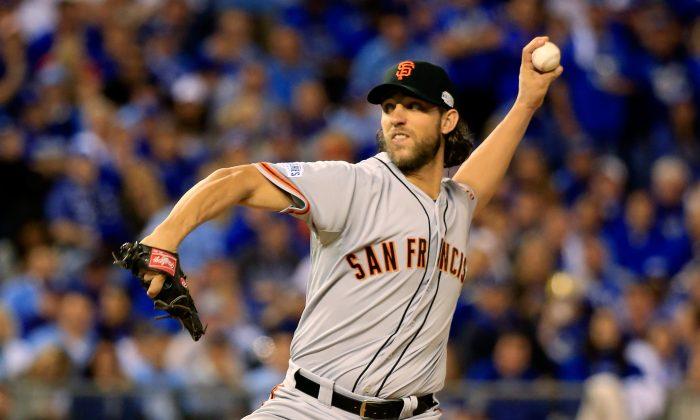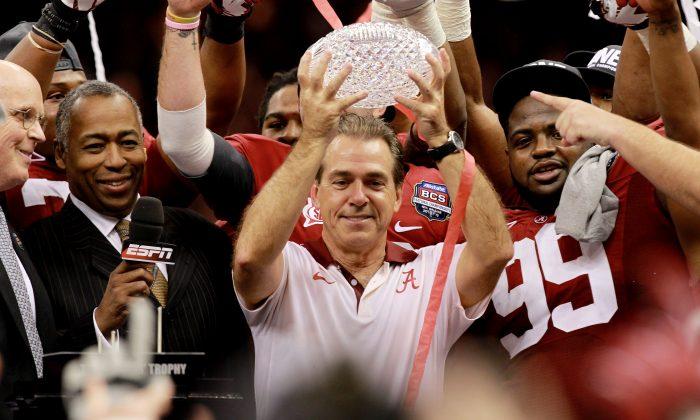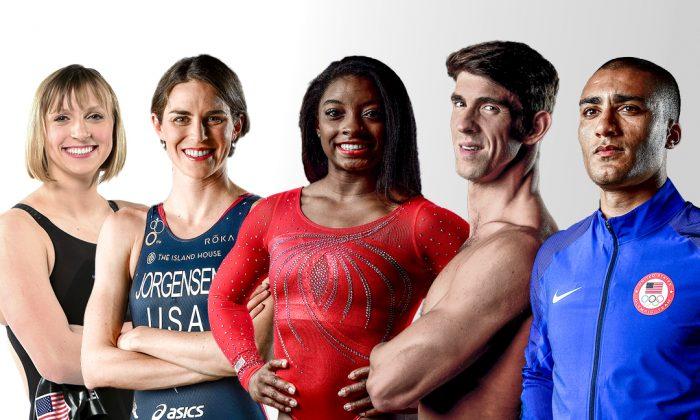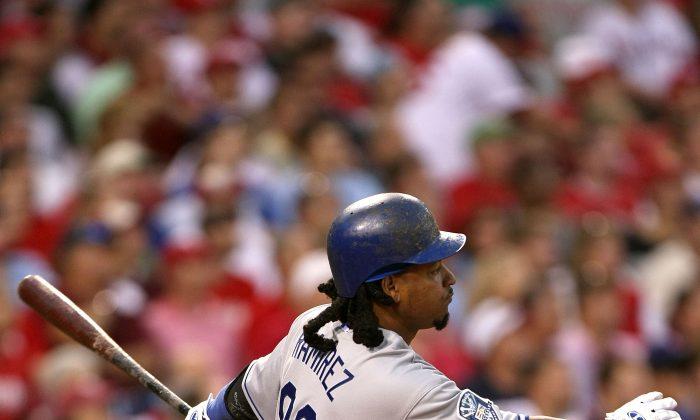After a pair of relative blowouts, a pitcher who nearly blew up in Game 2, and exactly zero steals by the run-happy Royals, the World Series is headed to San Francisco tied at one game apiece. Though the series hasn’t gone exactly as imagined, here’s what we’ve learned thus far.
1. Madison Bumgarner is hands down the best player on either roster.
After completely shutting down the Royals in Game 1, Bumgarner is now 3–1 with a 1.40 ERA in five starts this postseason, four of which the Giants have won. No one is getting good swings off him. His only loss was partly due to his own seventh-inning throwing error in Game 3 of the NLDS.
When he needs big pitches, he gets them. Like in the third inning of Game 1. While he was holding on to a 3–0 lead, an error and a double to lead off the inning had Bumgarner in a tough spot—second and third with no outs. A ground ball or a pop fly would have likely put the Royals on the board, let alone a hit. Instead, the big lefty reached back for something extra and struck out both Alcides Escobar and Nori Aoki, and after walking Lorenzo Cain, he got Eric Hosmer to ground out—problem solved.
His incredible performance also raises the faint possibility that Bruce Bochy could elect to go back to him on three days’ rest for Game 4—instead of scheduled starter Ryan Vogelsong—should the Giants lose Game 3. Under that scenario, Bumgarner could then conceivably start the all-important Game 7.
2. James Shields may be pricing himself back to the Royals with his performance.
The Royals went all-in with their trade of four prospects—including the highly coveted Wil Myers—for Shields and Wade Davis two years ago, knowing they were likely going to lose Shields, the key to the deal, to free agency after two seasons.
But now that they’ve made this surprising run through the postseason, the Royals are rumored to be in the running to bring the 32-year-old back. Before the playoffs started, a 4- to 5-year deal for $18 million to $20 million per season seemed like market value for someone of his caliber—not a Cy Young winner, but a staff anchor nonetheless.
If “Big Game” James had lived up to his nickname here these last couple of weeks and dominated the postseason like Bumgarner has, his price would have soared to beyond $20 million a season. Instead, after another flat performance in Game 1, he’s now 1–1 with a 7.11 ERA in four postseason starts this year, with one possible game left. It’s not the end of the world, but it probably puts him closer to what Kansas City could afford.
3. Both managers are unsure of their middle relievers.
Both teams have very good back ends of their bullpens. It’s the middle innings that neither team knows what to do with.
Wednesday night, the oft-criticized Ned Yost bypassed his middle relievers altogether by bringing in his seventh-inning guy, Kelvin Herrera, two-thirds of an inning before he normally likes to. The move nearly backfired when Herrera had to wait 32 minutes on the bench as the Royals sent eight batters to the plate in the sixth. After coming out for the seventh, the hard-throwing Herrera then lost his control for a couple of batters before rebounding to shut them down.
Bochy went through four reliever in that disastrous sixth inning, and though Javier Lopez and Jeremy Affeldt got their hitters out, Jean Machi didn’t and Hunter Strickland especially struggled. Strickland faced two batters and gave up a double and a homer before hitting the showers and now has a 10.13 ERA in six games this postseason.
Bochy then tried former starter Tim Lincecum in the seventh, and though his stuff briefly looked like what it did five years ago when he won a pair of Cy Youngs, Lincecum exited with back stiffness and Bochy will be hard-pressed to put him in a high-leverage situation again.
4. The Royals’ speed hasn’t been much of a factor.
Bumgarner and the Giants were able to circumvent Kansas City’s speed simply by not allowing baserunners in Game 1—Bumgarner himself yielded just three hits and one walk in seven innings. The only speedy guy to reach base was Escobar, who singled in the eighth but was out two pitches later when Nori Aoki grounded into a double play.
In Game 2, Escobar singled in the first but was thrown out trying to steal by Buster Posey in the Royals’ only steal attempt in the series.
Five innings later, the Royals did pinch-run the speedy Terrance Gore for Billy Butler, who was on first, but with Hosmer on second, Gore was pretty limited. After a wild pitch that advanced both runners, Gore easily raced home on Salvador Perez’s double, something Butler would have been able to do as well.
Only when Cain sprinted home from second on a line-drive single to left by Butler in that same inning did the Royals’ speed come into play, though if Travis Ishikawa had an arm like Alex Gordon, he might have been thrown out.






Friends Read Free